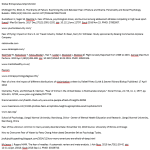Statistics of 15 Common Fears or Phobias
Phobia Statistics– Everyone is afraid of something, however, having a fear doesn’t necessarily mean that it’s a phobia.
Being afraid of various things or situations is normal. We all deal with fears. However, when that fear becomes so intense that it affects your wellbeing, then you may very well have a phobia.
According to the National Institute of Mental Health (NIMH), around 9.1% of adults in the United States suffer from a specific phobia. Women suffer from specific phobias more than men, with 12.2% of women versus 5.8% of men.
At some time throughout their lives, 12.5% of adults have experienced a phobia.
Phobia Statistics of 15 common fears and phobias are not only shocking but interesting.
 The name for fear of failure is atychiphobia.
The name for fear of failure is atychiphobia.
Published in the LA Times from a 2015 study of 1,083 individuals, 31% had fear of failure.
An infographic created by the Global Entrepreneurship Monitor with regards to adults starting their own business showed that in the United States 33% had the fear of failure when starting a new business.
Two studies by HA McGregor and AJ Elliot showed that individuals who had a high fear of failure also reported greater shame.
Athletes that have a fear of failure, both males and females, also have a higher burnout rate according to a study by A Stenling, SS Sagar, and H Gustafsson.
A group of researchers created a list of the most searched phobias by state. Fear of failure was seen at the top in California, Massachusetts, and Pennsylvania.
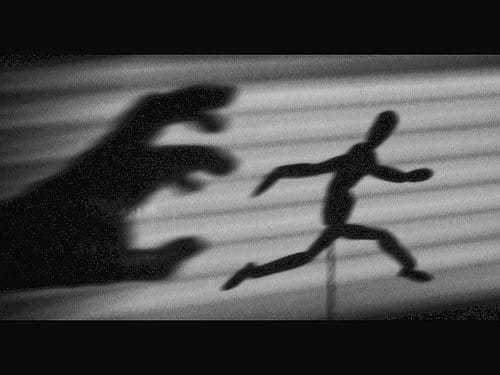
Chapman University did a study of 1,207 adults in the United States regarding their level of fear of death or thanatophobia. The percentage of adults that were afraid of death was 20.3%.
Dying is a common occurrence and everyone will eventually die, but it is not so uncommon to fear dying. Some individuals are so intensely afraid of death that they will not leave home, which can bring on other phobias and fears.
Included in the study by Chapman University, the fear of death was explored more in-depth by including being murdered by someone you know and murdered by a stranger. The percentage of adults that were afraid of being murdered by a stranger was 18.3% versus being murdered by someone you know at 11.6%.
In 2019, another study published by Statista Research Department showed that 11% of individuals were very afraid of death while 25% were not afraid.
Another study in 1977 showed that younger individuals were more afraid of death than older individuals between the ages of 61 and 87.
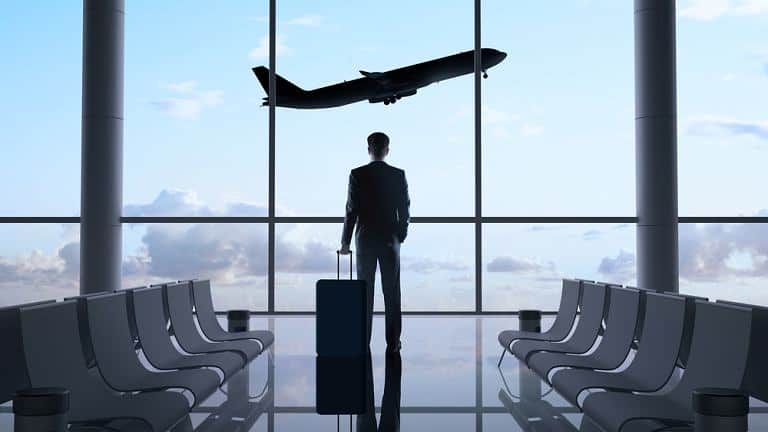
Aerophobia is the name for fear of flying which can range from mild to severe with 33% of adults having this phobia. It is estimated that 8,138,000 people are affected by fear of flying.
Even though studies show that only 33% of adults have the fear of flying, around 60% have anxiety even before boarding the plane as well as during the flight. From this number, 5% of these individuals began having symptoms around age 27, and the fear is so intense it is crippling.
Individuals in Montana, New Hampshire, and Wyoming searched on the internet for fear of flying as the number one search of phobias or fears.
Statistics for fear of flying show that close to one in three individuals in the United States are either anxious when it comes to flying at 18.1% or afraid to fly at 12.6%. When it comes to those that are afraid, the reasons for their fear include 73% mechanical problems during the flight, 62% bad weather, 36% mechanical problems while on the ground, 36% flight during the night, and 33% a flight over a body of water.
Another interesting statistic is that men are less likely to have fear of flying than
women.
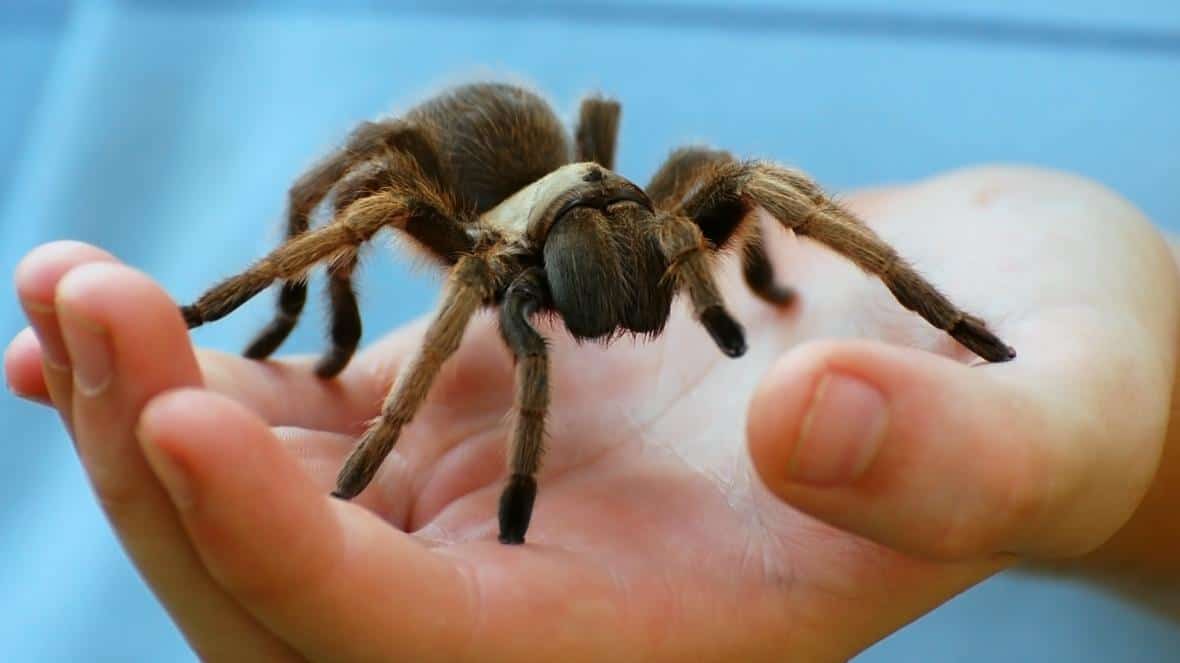
Statistics for fear of spiders known as arachnophobia shows that 3.5% to 6.1% throughout the world are afraid of spiders which are around 500 million individuals.
A study in Sweden at the Uppsala University confirmed that the fear of spiders is inherited. This means that children will still be afraid of spiders even though they have not come in contact with a spider at an earlier age. Scientists believe that the result of the fear is due to a spider being a threat.
Your local security website created a list of the most searched phobias by state. Fear of spiders was seen at the top in Indiana, Maryland, Missouri, and Washington.
Fifty-five percent of women have the fear of spiders while only 18% of men have the same fear but normally to a lesser degree.
An individual that has the fear of spiders will automatically look around a room when entering to see if there is a spider. If there is a spider, they will keep an eye on it very closely.
Some psychiatrists are using virtual reality to help patients overcome the
fear of spiders.

Public speaking fear statistics show that around 75% of the world’s population suffers from this phobia, known as glossophobia. The condition can be mild to severe, meaning some individuals only get a bit nervous while others have physical issues which can render them unable to move.
Your local security website created a list of the most searched phobias by state. Fear of public speaking was seen at the top in Alabama, Illinois, Louisiana, New Jersey, and New York.
The root of the fear brings on anxiety which affects 40 million adults in the United States. In the US, 77% of adults suffer from some form of anxiety when it comes to speaking in public. Studies have shown that 89.4% of adults in the United States with social anxiety also had a fear of public speaking.
In an article, “Why We Fear Public Speaking and How To Overcome It,” written by Nick Morgan and published in Forbes, states that 10% of adults in the United States are horrified to speak in front of people.

Fear of needles or Trypanophobia was recognized in 1994 as a specific phobia. Individuals that are afraid of needles often do not visit doctors or clinics. Even though it is estimated that 10% of adults in the United States have a fear of needles, it is believed the number is much greater as many avoid medical care.
One study that used 119 research articles on the fear of needles showed that most children were scared of needles, 20%-50% of teenagers were afraid, and 20%-30% of young adults feared needles. The study showed that with age the fear became less.
Your local security website created a list of the most searched phobias by state. Fear of needles was seen at the top in Alaska, Idaho, North Dakota, South Dakota, and Vermont.
Those that have a fear of needles can have panic attacks by viewing various things that resemble needles including paper clips and in severe cases nurses and white lab coats.
There are four types of fear of needles: vasovagal, associative, resistive, and hyperalgesia. Vasovagal is the common form with individuals that may faint at the sight or feeling of a needle. Associative fear of needles affects 30% of the population that had a traumatic event that was extremely painful which brought on the fear. Twenty percent of individuals are resistive which includes the fear of being restrained stemming from restraint either emotionally or physically. Hyperalgestic is hypersensitivity to pain.

The fear of dogs known as cynophobia affects between 7%-9% of the United States population which normally stems from a traumatic experience during childhood. Genetics may also be a root of the fear such as a parent teaching a child to steer clear of dogs.
According to Laurie Vitagliano, MD from Amityville, New York, and the chief medical officer at Northwell Health’s South Oaks Hospital, stated that a genetic predisposition could be at the root of the fear of dogs, but other influences such as experiences and environment could also aid in developing the fear.
Three celebrities, Woody Allen, Nadine Coyle, and Michael Jackson had/have the fear of dogs. Woody Allen and Nadine Coyle also have other fears while the only one listed
for Michael Jackson was dogs.

We all know that change is always occurring, however, many admit that they hate change. This can be as simple as taking a different route to work or moving due to a promotion.
In a study in Britain, 27% of the population felt terrified by change and around one fourth of them were afraid to alter their normal routine. Fear of change is often bunched together with the fear of the unknown. Twenty-two percent of those in the study would rather stay with the same job they hate than to change, 15% were afraid to leave their unhappy relationship, and 1 in 10 was scared to go on a dream vacation.
A study by FreeAgent showed that 19% of individuals were afraid to use online banking and 1 in 5 was concerned about making payments without human
contact.

A study on fear of crime at Northwestern University showed that 64% of students were more afraid of muggings and robbery.
Thirty-five percent of individuals nationwide in the United States were afraid to walk someplace in their neighborhood in 1965. In 1972, the percentage lowered to 41% while the number has been holding steady from 1974 at around 45%.
Fear of crime causes a lower quality of life according to Jackson and Gray in 2010. Prosperous individuals protect themselves and their property due to fear of crime which often displaces the less privileged according to a research paper by Box in 1988.
According to “Fear of Crime in the United States: A Multivariate Analysis,” by Frank Clemente and Michael B. Kleiman, sex and the size of the city were indicators for more individuals having fear of crime, with race and age being a less important
factor.
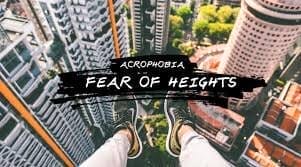
Fear of heights is known as acrophobia. It affects around 5% of individuals worldwide. The severity of the fear can cause individuals to have issues with ladders, climbing stairs, or using elevators. The fear when a person realizes that they are even close to these items can bring on the thoughts to escape or run.
Your local security website created a list of the most searched phobias by state. Fear of heights was seen at the top in Hawaii and Nevada.
A study that judged the height of a building from ground level and then at the top of the building published in a journal of the Royal Society B, showed that those that had a fear of heights believed the building to be shorter than those that did not have the fear.
- Statistics for Fear of Violence

Above were listed statistics for fear of crime, however, in many cases, fear of violence and fear of guns is also listed. Many times, when a person has fear of violence or sex offenses it is often classified as fear of crime.
The problem was first studied during the 1960s at which time, it was considered to be a problem. The reason is believed to have begun at this time due to political discussions that dominated public awareness.
One of the top fears of violence, as well as fear of guns, is mass shootings. According to a study by the American Psychological Association, one third of adults in the United States fear mass shootings and therefore avoid certain events and places.
Another study by The Harris Poll that involved 2,017 adults in the United States showed that 79% of those that answered the poll experienced stress due to a mass shooting. Thirty-two percent are scared to go anywhere because they are afraid of becoming a victim. Twenty four percent changed the way they live their lives due to the mass shootings seen on the news.
In the same study, the individuals were asked about specific locations that brought on stress. Fifty three percent stated public events, 50% stated malls, 42% schools, and 38% movie theaters.
Eighty-five percent of women were stressed about a mass shooting while 71% of men expressed feelings of stress. Sixty two percent of parents were afraid their child/children could be a victim of a mass shooting.

Social anxiety and uncertainty are often grouped as many individuals are afraid to be out and about around others due to uncertainty regarding situations.
A a study of 533 students at the School of Psychology, Jiangxi Normal University, Nanchang, China, showed that in 2015 social anxiety increased 0.27 from the level seen in 1998. According to the study and using the Taylor and Wald anxiety model in 2003, fear of uncertainty influences anxiety.
Fear of the unknown common to many anxiety disorders were two studies at the University of Illinois in 2016. In the study, individuals with social anxiety, major depressive disorder, generalized anxiety disorder, or another specific phobia had an increased fear
of uncertainty.

A recent Gallop poll shows that 60% of adults in the United States have a fear of deep water and 45% have a fear of water that is over their heads.
Open bodies of water are a bit different than the deep end of a swimming pool. When it comes to deep, open bodies of water, two-thirds of adults in the United States are afraid while 46% are scared of the deep end of a swimming pool.
A Chapman Survey including 1,573 adults in the United States regarding their fear of water, deep water, and drowning showed 7.5% were very scared of drowning, 11.8% were scared, 28.5% were a bit scared, and 49% were not scared.
A study by Gallop showed that 64% of adults in the United States have fear of deep water in oceans, rivers, and lakes while 46% were afraid of the deep end of a swimming pool. Thirty nine percent were scared to put their head below water.
A 1973 Bruskin survey including 2,543 participants showed 21.5% of individuals had fear of deep water.
A 1993 Bruskin-Goldring survey with 1,000 participants showed that 33% of the individuals had fear of deep water.
The 2010 Dwyer and Davidson survey used the same questions from the Bruskin survey with 815 students. Deep water was a fear of 27.1%, public speaking was 61.7%. Women feared deep water more at 34.8% with men at 19.5%.

Fear of insects is often listed as zoophobia as it is the fear of animals. However, if a person has a fear of insects this does not mean that they fear other animals. Most fear insects and reptiles like lizards, but that is not always true for every person.
In 2016, Chapman University created a survey of fears in America which showed that 25% of those that took the survey had fear of insects or spiders. This figure was higher than individuals that had a fear of death or crime.
The fear of insects has its roots in the feelings of disgust more than fear which psychologists call the rejection response. It is the feeling that you want that bug or insect away from you. The fear is believed to be caused by the feelings of disgust when seeing rotten food that makes you sick, which often has insects on it.
In an interview with Lockwood in Popular Science, the reason insects bring on fear is that they are invading our space which is clean and in our control. Once we see an insect, we feel not only disgust but that our home is no longer clean. Roaches are one of the feared insects that can be found in the cleanest of homes but are associated with disease and filth, thus bringing on the
fear.
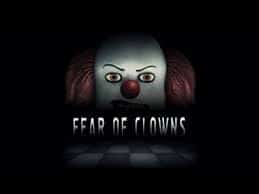
Fear of clowns, known as coulrophobia, is found in 7.8% of adults in the United States.
Vox created a poll with Morning Consult regarding the fear of clowns. The poll showed that 42% of adults were afraid of clowns. To go a bit farther, one in three adults has some degree of fear of clowns.
Chapman University created a poll that asked 1,511 adults in the United States to admit their largest fear. Clowns were number two, with government corruption being in the first place. The percentage of individuals afraid of corrupt government was 61% and fear of clowns was 42%.
Vox utilized the help of 1,999 adults by sending them emails of different clown pictures in which they were to rate the creepiness of each one. The street clowns had 91% of respondents stating they were scared of these. Even Bozo the Clown came in at 48% creepy.
Your local security website created a list of the most searched phobias by state. Fear of clowns was seen at the top in Iowa, Utah, and West Virginia.
One celebrity has a fear of clowns. Johnny Depp is not only afraid of clowns but also spiders.
Conclusion
From phobia statistics of a variety, it is easy to see that fear is common. Fear becomes a phobia when the fear begins to interfere with daily life. If this occurs, it would be in your best interest to learn more about your fear and if there are ways that you can learn how to cope with the fear before it becomes a huge phobia.
Most phobias and fears can be controlled once you learn more about your fear and remember that in most cases, the fear is irrational. If you need help conquering your fear, there are therapists who can work with you with different types of therapy to help you live a normal life.
